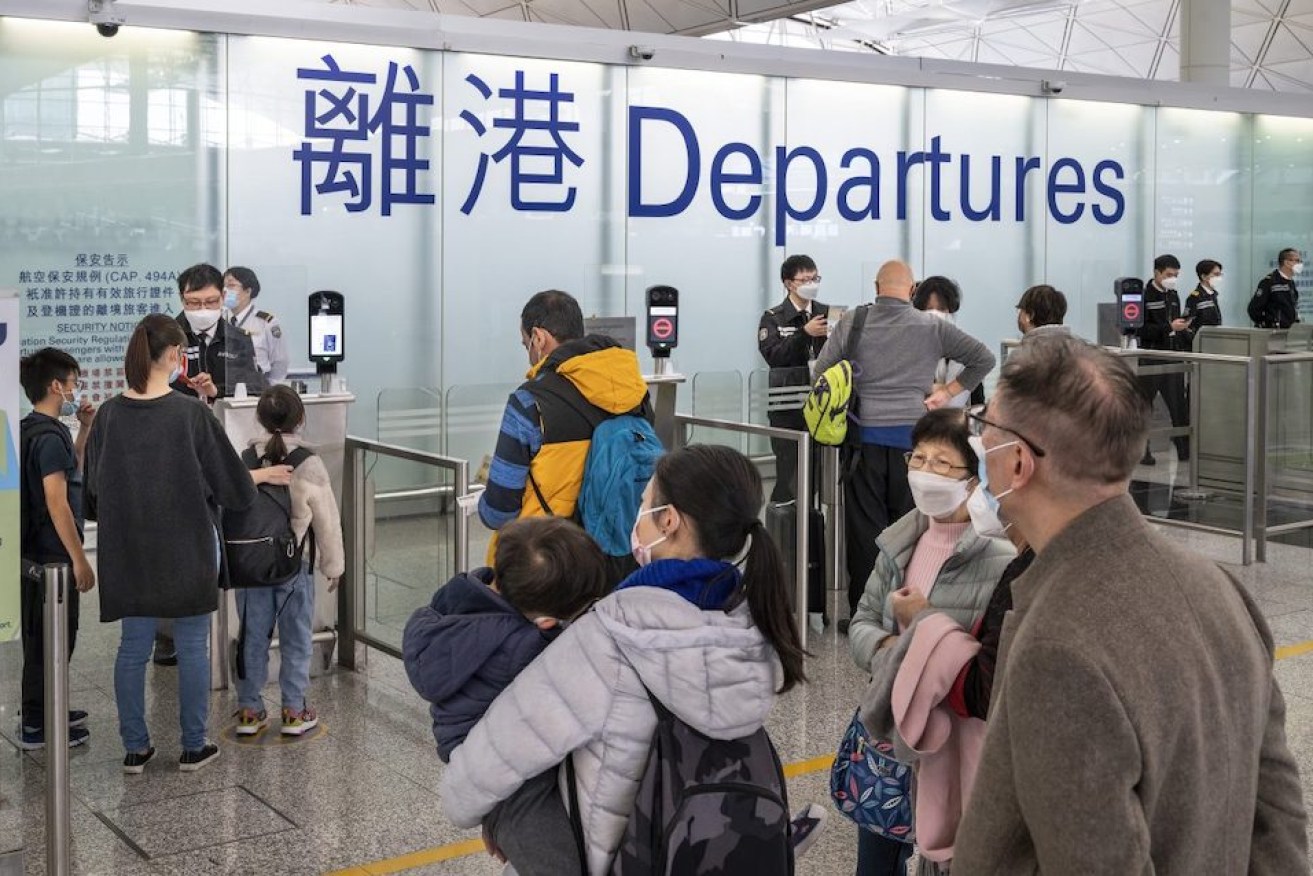Winning back international tourism is all about competition and access
Getting American and Chinese tourists back to Australia will require more domestic competition and international access for airlines, tourism experts believe.

A post-pandemic boom in travel has now waned. Photo: Miguel Candela/SOPA Images/Sipa USA
Tourism Australia’s figures revealed that 102,000 Chinese citizens visited Australia for a holiday in September 2023 compared to 688,000 in September 2019, while no Australian cities are in the top 10 most-visited international destinations for American tourists, according to Delta.com. data.
Professor Peter O’Connor, co-director of The Centre for Enterprise Dynamics in Global Economies at the University of South Australia, said the best way to make Australia an attractive destination is more competition and access.
“Easier access is probably the key issue that the government and industry need to work on,” he said.
“Direct flights from areas which are big potential markets are really key for international travel.”
He said Australia has a limited amount of competition within the domestic airline industry, creating higher costs for travellers.
“In Europe, you can get a flight between two capital cities for $40 to $50,” O’Connor said.
“That’s down to competition and low-cost airlines because even if you don’t fly with the low-cost airlines, the fact they exist puts competitive pressure on the flag carriers.”
Politics of travel
The Covid-19 pandemic severely affected international travel and political ties between Beijing and Canberra, and the tourism stats show despite a warming of the relationship between the two countries, there is plenty of healing left to be done.
Dr Aaron Tham, lead in tourism, leisure and events at the University of the Sunshine Coast, said many countries around the world have experienced a drop in tourism from Chinese travellers.
“There is what we call the approved destination schemes that have changed over the last few years, where they are allowed to go as group travel versus independent travel,” he said.
“China has seen a resurgence in domestic tourism and that is obviously a big change compared to pre-Covid times.”
He said while a strong US dollar may make Australia an attractive destination for American travellers, the high cost of living and domestic travel affects the number of visitors.
“With direct flights into places like Fort Worth starting later this year, we are hoping to get more direct flights into the US markets,” Tham said.
“That access is absolutely crucial for making things easier when it comes to destination decision-making from different parts of the United States.”
State of the industry
Although there was a post-pandemic boom in travel, both internationally and domestically, O’Connor said it has now waned.
“Revenge travel was one that was being touted when people had pent-up savings from not being able to go anywhere for two years,” he said.
“The tourism industry (in Australia) is doing quite well because of local and interstate tourists, and bringing back some of the international tourism may accentuate some of the problems that the industry has.”
He said staff shortages are still a major issue for tourism operators.
“Talking to hotels and restaurants, they are just about coping in terms of staff levels and quality levels,” O’Connor said.
“Adding a large number of international travellers into the mix again is going to put them under increased pressure.”
Tham said Australia has witnessed a changing demand for what is required for the tourism workforce.
“We still don’t have sufficient workforce in many parts of the sector, be it cruise ships, hospitality, restaurants, hotels, tour operators or airlines,” Tham said.
“These things create an issue for business, particularly in a sector where we’ve got 70 to 80 per cent small businesses.”
– TND




